| Author |
 Topic Topic  |
|
|
znort
Member Purpuricenus
 
China
486 Posts |
 Posted - 10/08/2020 : 07:03:43 Posted - 10/08/2020 : 07:03:43



|
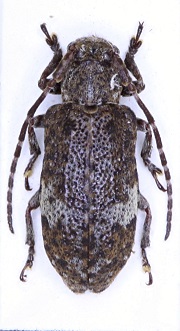
30.69 KB
J'ai mis longtemps avant de pouvoir mettre un nom sur celui-ci qui est le plus commun et largement réparti dans le Zhejiang où il est vraiment facile à trouver au battage de branchettes mortes de Juglans de début mai à fin juin.
Pterolophia (Pterolophia) fukiena Gressitt, 1940.
Les deux lobes oculaires sont bien divisés et seulement reliés par un filet de cellules oculaires (ce qui me permet d'exclure maacki). La formule antennaire et l'ensemble des critères évoqués par Gressitt dans sa description originale ne laissent pas trop de doutes selon moi pour ce spécimen. |
Chinese Cerambycidae |
|
|
Max
Member Rosalia
  
Russia
721 Posts |
 Posted - 10/08/2020 : 22:33:29 Posted - 10/08/2020 : 22:33:29



|
It`s really very similar to P. maacki. I have one female only from Lazo environs, and I would say the eye slice between the eye lobes of my beetle is also very thin.
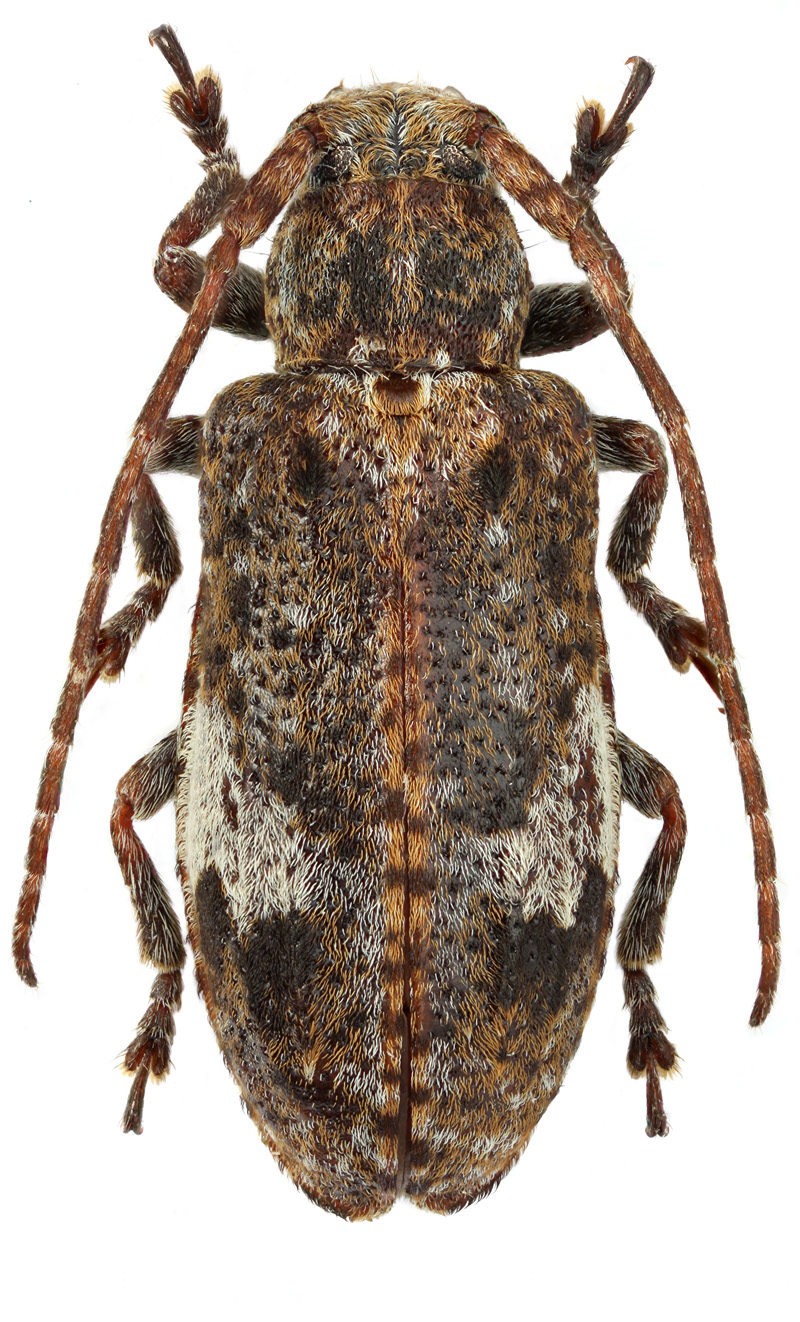
424.91 KB |
 |
|
|
Xavier
Scientific Collaborator
    
France
12215 Posts |
 Posted - 11/08/2020 : 07:15:46 Posted - 11/08/2020 : 07:15:46



|
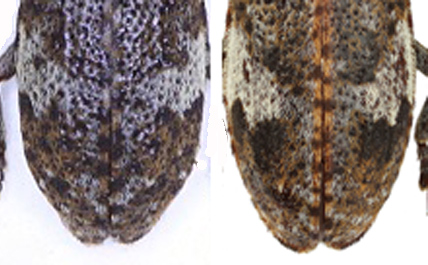
94.11 KB
Anyway, black spots are different. |
 |
|
|
znort
Member Purpuricenus
 
China
486 Posts |
 Posted - 11/08/2020 : 08:52:37 Posted - 11/08/2020 : 08:52:37



|
In a first time I was thinking also that it was maybe Pterolophia maacki but after reading Gressitt's key, Gressitt distinguishes those taxa with the separation of the eyes lobes.
Also, Gressitt describes fukiena and charara in the same article after he studied Heude's collection (Gressitt, 1940 coléoptères chinois du musée Heude).
Pterolophia charara was synonymized by Gressitt himself when he was publishing the Chinese fauna in 1951.
When you read the original description of charara and fukiena, I don't see many difference except the size 8 mm for charara and 6 mm for fukiena. I have here 9 specimens. the size of my fukiena is between 5 and 7 mm.....
He compare charara with Pterolophia annulata and fukiena with Pterolophia kalea....Difficult to understand why he didn't compare those species between them...
Rest of the general key 1951:
- eyes not completely divided, inferior eye lobes deeper than wide
maacki group (suisapana, albanina and maacki)
- eyes completely divided, the two lobes connected by a narrow strand (discalis, carrinipennis and fukiena)
I don't have the original Blessig's description of maacki. Do you have it Max? |
Chinese Cerambycidae |
Edited by - znort on 11/08/2020 08:54:55 |
 |
|
|
Max
Member Rosalia
  
Russia
721 Posts |
 Posted - 11/08/2020 : 21:20:16 Posted - 11/08/2020 : 21:20:16



|
No, I haven't any Blessig's description unfortunately.
But P. chahara Gressitt, 1940 (not "charara") was synonimized to P. maacki not P. fukiena..
"He compare charara with Pterolophia annualata and fukiena with Pterolophia kalea....Difficult to understand why he didn't compare those species between them..."
- I agree absolutely.
My beetle near 7.5 mm. That black spots - there is not much to it with this variability in my view.
http://www.zin.ru/Animalia/Coleoptera/rus/ptemaaob.htm
http://www.zin.ru/Animalia/Coleoptera/rus/ptemaanp.htm
I'm not saying it's the same species. But I want to think it is.
we can assume it's some kind of complex twin species group certainly.
I like the idea of a subspecies system better. |
 |
|
|
znort
Member Purpuricenus
 
China
486 Posts |
 Posted - 14/08/2020 : 06:26:13 Posted - 14/08/2020 : 06:26:13



|
Si je compare avec le matériel que j'ai à disposition ici.
Pterolophia fukiena: les deux lobes sont raccordés par une simple rangée de cellules oculaires
Pour Pterolophia alabanina que Gressit classe dans le groupe de maacki, les deux lobes sont raccordés par trois ou quatre rangées de cellules occulaires.
Peux-tu nous dire ce que cela donne sur ce critère avec ton pterolophia maacki, max?
Ensuite, peux être que tu as raison et que nous avons à faire à un seul taxon qui varie quelque peu au fur et à mesure de sa répartition. |
Chinese Cerambycidae |
 |
|
|
Andre
Member Rosenbergia
   
Germany
1695 Posts |
 Posted - 14/08/2020 : 17:01:59 Posted - 14/08/2020 : 17:01:59



|
I am following this discussion with great interest.
I think the genus Pterolophia is in need of revision, with many synonyms and many new species. But very difficult what this discussion shows.
Is Pterolophia chinensis B. also a member of this group? |
 |
|
|
Andre
Member Rosenbergia
   
Germany
1695 Posts |
 Posted - 14/08/2020 : 17:13:21 Posted - 14/08/2020 : 17:13:21



|
| Pterolophia subleiopodina B. is also very near for me. |
 |
|
|
Max
Member Rosalia
  
Russia
721 Posts |
 Posted - 15/08/2020 : 00:05:26 Posted - 15/08/2020 : 00:05:26



|
| I can see clearly TWO row of ommatidia between the eye lobes of my exemlar. |
 |
|
|
znort
Member Purpuricenus
 
China
486 Posts |
 Posted - 16/08/2020 : 08:05:09 Posted - 16/08/2020 : 08:05:09



|
quote:
Originally posted by Andre
I am following this discussion with great interest.
I think the genus Pterolophia is in need of revision, with many synonyms and many new species. But very difficult what this discussion shows.
Is Pterolophia chinensis B. also a member of this group?
You're right André, Pterolophia need many clarifications. Probably many synonyms and new species. It's a really hard work and I think we're numerous with material without identification or doubtful.
2 examples with 2 specimens very close of my fukiena.
Same locality, same period, size and host plant (Juglans).
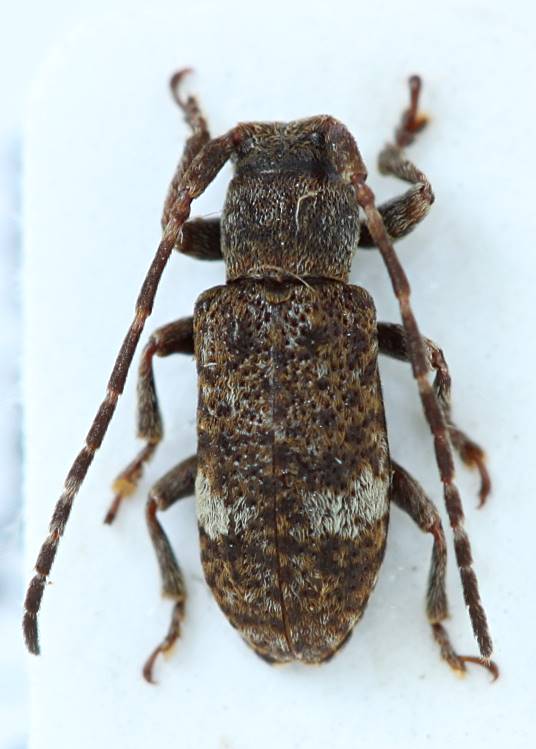 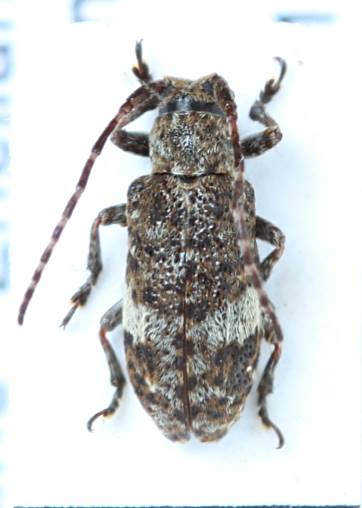
I can't take better photos and progress to determinate them. They're in my collection in France. |
Chinese Cerambycidae |
 |
|
|
znort
Member Purpuricenus
 
China
486 Posts |
 Posted - 16/08/2020 : 08:07:25 Posted - 16/08/2020 : 08:07:25



|
quote:
Originally posted by Max
I can see clearly TWO row of ommatidia between the eye lobes of my exemlar.
If you're interested Max and André I can send you some material and you can compare at home.
But next year if possible because I had to be in France for that. |
Chinese Cerambycidae |
 |
|
|
Andre
Member Rosenbergia
   
Germany
1695 Posts |
 Posted - 16/08/2020 : 17:39:00 Posted - 16/08/2020 : 17:39:00



|
| Sorry Olivier, i work only on Apomecynini and Callichromatini. That is enought. A Revision from the big genus Pterolophia is work for many years. |
 |
|
| |
 Topic Topic  |
|


